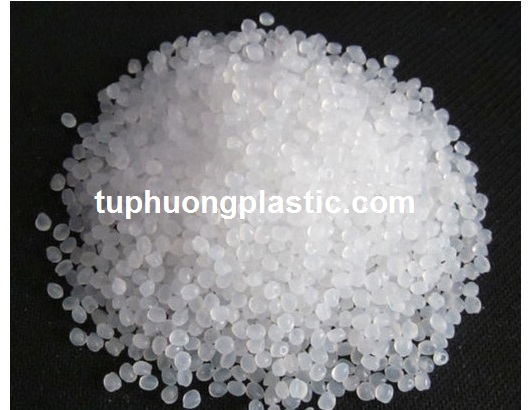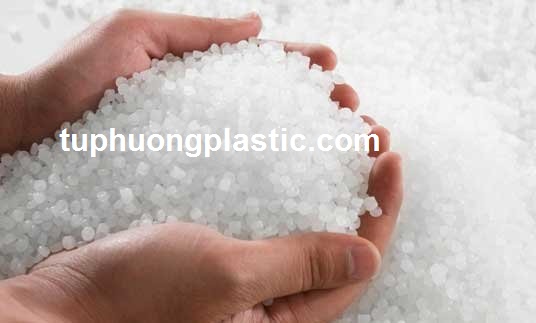HDPE resin for extrusion
MATERIAL PROPERTIES.
Under conditions of comparatively low temperature and pressure, ethylene can be polymerized to give a plastic (HDPE) which has only a small number of short chain branches. This is achieved by using Ziegler-Natta catalysts with ethylene and small amounts of alpha olefines as monomers. Polythenes produced in this way have less chain branching giving higher levels of crystallinity and therefore higher densities than LDPE. Polythenes with densities of 0.910 to 0.925 g/cm3 are called LDPE or Type 1, those with densities of 0.926 to 0.940 g/cm3 are called MDPE (sometimes LLDPE) or Type 2 while those with densities of 0.940 to 0.965 g/cm3 are called HDPE or Type 3.
For any polythene higher crystallinity and density will also give higher rigidity, tensile strength, hardness, melting point, heat distortion temperature, chemical resistance, viscosity and resistance to permeation. However increasing crystallinity results in lower clarity and impact strength.
LDPE has a melting point of 110 to 125 C, MDPE 115 to 128 C , HDPE 130 to 135 C . By comparison PP melts between 165 and 175 C. Cross-linked PE will not melt but will become rubbery at about 115 C. As with all polyolefins the weathering resistance of HDPE is poor but can be improved by the addition of carbon black or UV absorbing additives. Carbon black also helps to reinforce the material.

HDPE for extrusion
HDPE has good dynamic fatigue resistance but not as good as PP and exhibits no living hinge effect. Compared to PP homopolymer, HDPE has better resistance to low temperature impact and to oxidation. On the other hand PP has a higher Vicat softening point, better resistance to
flexing, higher hardness, higher tensile and greater elongation. The surface gloss on products can be similar for either polymer. HDPE Can be cut easily with a knife. It can also be easily scratched with a knife or fingernail while PP can not.
The shrinkage of HDPE is 1.5 - 4% ( and even 5% in thick sections) due to its high level of crystallinity. Permeability of HDPE for organic vapors is least for alcohols and then increases in order from acids to aldehydes and ketones, esters, ethers, hydrocarbons and halogenated hydrocarbons. HDPE may be cross-linked using high energy radiation or by the incorporation of peroxides and this decreases permeability to an extent. Because of the stiffness of this material it is widely used as carrier, tote bags or counter bags. In such applications its high strength allows the use of very thin films providing an important cost saving.
-
Tel: (84)-243-652-4915
Email: info@tuphuongplastic.com


